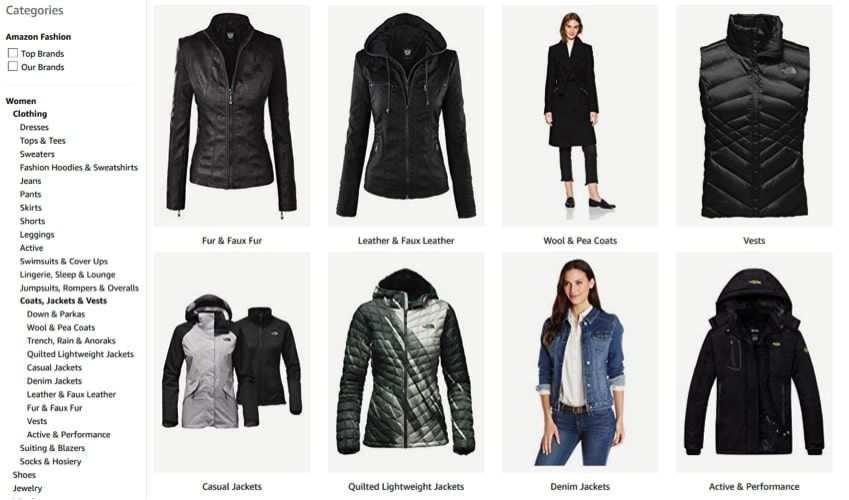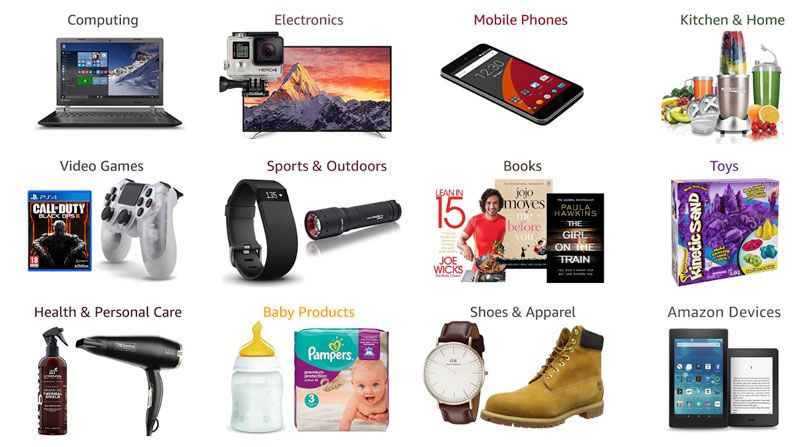Aloha, Amazon Seller!
Find profitable niches on Amazon in seconds with SageSeller. Follow 5 tips and maximize your profits by best-selling niches on Amazon.
There are millions of products sold on Amazon.com and there are many tools and techniques you may choose depending on your marketing strategy, that will make your sales concept successful. However, every seller would always dream of finding a product with high demand, low competition, and a good margin.
One of the ways to do so is to segment the market and find the niche for targeted sales of your product. By doing that you make your product fit for a specific audience, cutting off considerable portion of the competition.
Market segmentation is a perfect tool to identify the most profitable Amazon products and target the right audience. It helps detect where to invest your efforts and spend. You can discover profitable niches with low competition in many different ways: by exploring Google Trends; determining monetization sources within a niche; making competitors research; figuring out potential traffic sources, etc.
In this blog, we will discuss how you can find a niche on Amazon and what are the criteria defining a good Amazon niche product. We will also give you five tips to find the most profitable niches on Amazon to grow your sales and reach success.
What Is a Niche Market on Amazon?
Speaking about niche sales, you need to understand what exactly a niche market is. A niche market is a focused segment of a broad marketplace with the demands and preferences that differ from the other Amazon niches.
Targeting specific audience and its unique demands gives you a competitive advantage compared to the seller addressing the broad audience because you can concentrate exactly on its needs and preferences. This will make your approach outstanding and create buyers’ loyalty. Profitable niches have undisputable benefits like reduced competition, focused business efforts, expertise sales, and establishing brand awareness.
Examples are vegan food, clothes for pregnant, plus-sized wear, etc. New trending products are also good source of ideas for Amazon niches to consider. However, when doing your product research, you need to keep in mind that not every niche you might encounter is worth targeting.

How to Find a Niche on Amazon?
As always, in order to hunt the most profitable Amazon niches, you would need to make your product research Amazon FBA, and select a target audience, which you carve out of the general market.
The most commonly used criteria to define a niche are:
- Level of quality (luxury, economical, handmade);
- Price (premium, moderate, discount);
- Demographics (income level, gender, age, education level);
- Psychographics (values, interests, hobbies, attitudes);
- Geography (residents of a certain country, city, neighborhood).
How to Find a Profitable Niche Product on Amazon?
As said, not every niche you've researched is economically viable. Finding a very narrow niche, for instance, might leave you with two customers buying 2 items of your product per month. Also, you need to remember that it is preferable that your sales flow is consistent and generates constant traffic and turnover.
There are general dos and don’ts as to what types of products are worth considering and what is preferable to avoid (unless it’s a part of your marketing strategy).
A good Amazon niche product is:
- An item you don’t simply find in every local store;
- An item with flare, adding value;
- An item priced between $15 and $200;
- An item with a high perceived value;
- Light, easy to pack and easy to use.
Niche products to avoid on Amazon:
- Items with High Competition;
- Oversized, Bulk, Fragile, or Too Heavy Items;
- Extremely Seasonal Items;
- Extremely fashionable items which would not last long;
- Difficult to assemble or easily broken items;
- Complex to manufacture, Licensed, or Restricted category products;
- Check if the product sells in the selected marketplace;
- Check financial parameters, see how much your product price is justified.
The complete guide on how to select a product to sell on Amazon you can find here.

5 Tips on How to Find Profitable Niches on Amazon
If you want to find your best selling niches on Amazon, you'll need to make a research and look for good ideas, same way as you do with every product you sell on Amazon. But besides a regular search you need to consider that the product should be intended for a certain target audience. You can, for instance, explore niche communities for good product ideas, study competition and detect rising trends, or search for the products gaining popularity and filter them by category.
Here are 5 tips to find most profitable Amazon niches.
1. Do a Keyword Research
It is very important to consider search engine optimization when you select your product. Keyword search is a perfect source when it comes to product ideas. Search engine on Amazon selects the listing that generates most active traffic and sales volumes.
When you’d like to make search for the most profitable Amazon niches, it is preferable to use ‘long tail’ keywords. A ‘long tail’ search term is the one that is longer than 3-4 words, and specifies the product in a very detailed way. If you include very specific longtail keyword on your listing, there is a good chance that you will be ranking higher for those keywords.
2. Avoid Highly Seasonal Products
A niche product is not exactly a Christmas-tree decoration or school supplies. And it's definitely not selling ski wear in Saudi Arabia. Defining a niche doesn’t imply seasonal items.
As far as a healthy listing is supposed to generate conversions consistently year-round, your goal is to seek for the products that are in consistent demand all the time. Your primary target in this game is to maintain a steady turnover, which matters for your Amazon ranking.
3. Try and Find Your Competitor Keywords Without Videos
This could be a tough one since your competition knows that good video is an essential part of a perfect listing. But if you manage to detect a category with few videos, this is perfect option.
4. Consider the Items that Have Continual Demand
There are certain types of the products you would use constantly, like toothpaste, multi-vitamins, or pet food. As these products are used on a regular basis, they will generate steady orders and sales.
5. Ensure there is a Demand for the Item
Research the category and make sure that similar products generate regular orders. Also, see to it that the product has a good profit margin, which is more or less anything above 15%.
In fact, you can use an Amazon niche finder tool, bearing in mind, that your competitors also do so.







